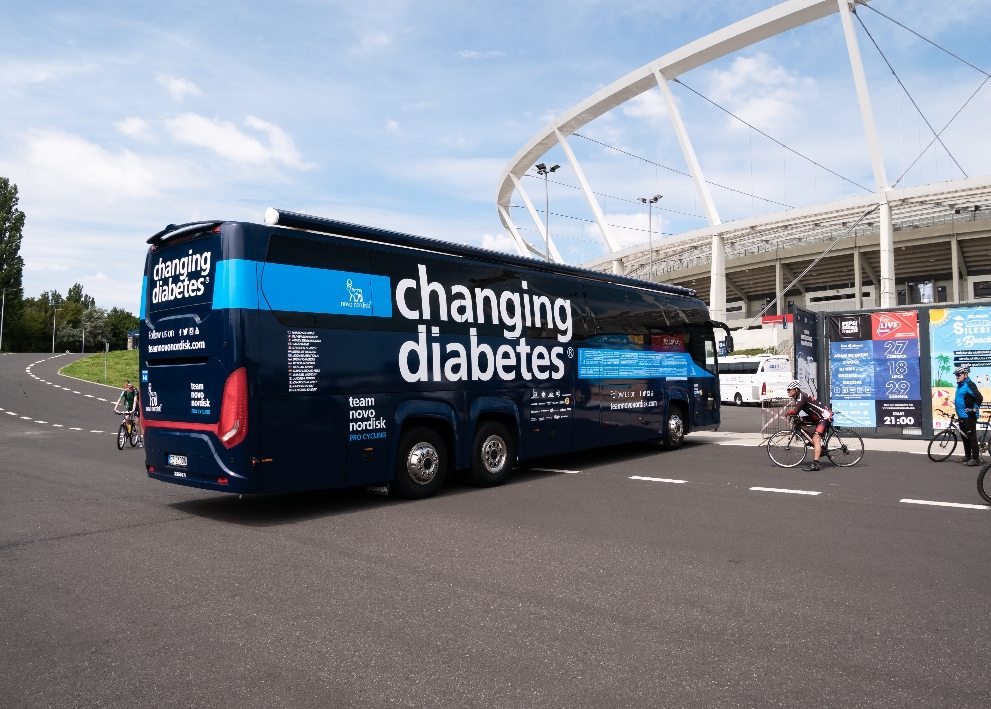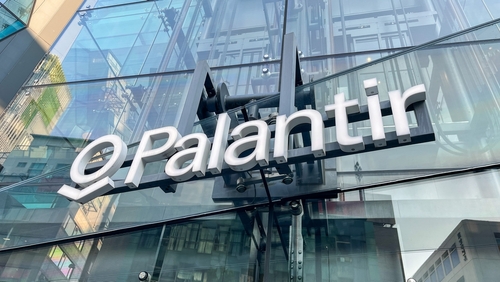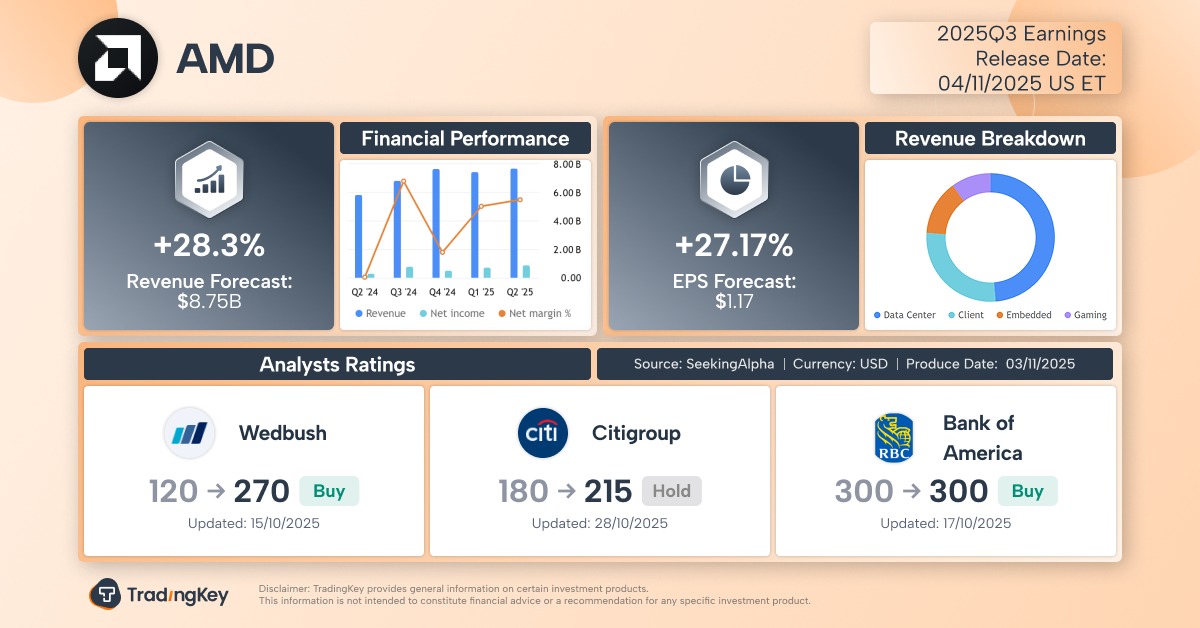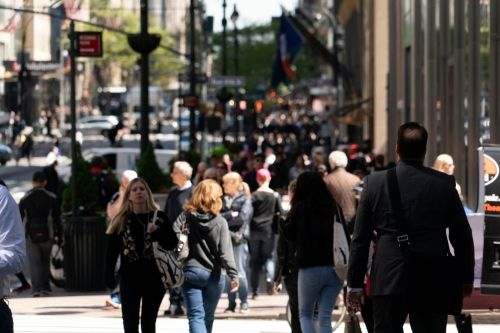BREAKINGVIEWS-Private credit has a public confidence problem

By Sebastian Pellejero
NEW YORK, Nov 5 (Reuters Breakingviews) - Private credit is no longer the only game in town. After practically shutting down for certain kinds of borrowers during the pandemic’s aftermath, bank-led liquid debt markets are again humming. With alternatives available, Wall Street’s direct lender rivals have less pricing power and fewer places to invest their cash. Investors have noticed, and are making their judgment plain by deserting the listed vehicles holding bundles of IOUs.
As the mood shifts, the titans of the private credit boom are falling out of favor. Shares of Apollo Global Management APO.N, Blackstone BX.N, and KKR KKR.N slipped by over 1 4% on average during the past three months, even as the S&P 500 rose nearly 10% . After the 2008 financial crisis, as regulations increasingly hemmed in traditional lenders, these firms muscled in on extending debt first to their buyout brethren, before expanding as far afield as helping to stand up a venture manufacturing K-Cups.
Their recent decline is a product of anxiety. Just look at business development companies, tax-advantaged vehicles through which managers can raise money from small-dollar investors for making loans. Some of these are unlisted, like Blackstone’s $ 85 billion mega-fund BCRED. Plenty of others, though – managed by everyone from Ares Management ARES.N to Blue Owl Capital OWL.N to KKR – are publicly traded, reaching around $155 billion in holdings earlier this year, according to investment bank Houlihan Lokey .
Amid rising dismay over a wave of conspicuous loan-market blow-ups – from auto parts maker First Brands to two fraud-accused telecom firms – BDCs have begun to trade at a discount to this asset value. For big-dollar, institutional investors weighing whether to back the next big closed-end credit fund, it must at least cross their minds that similar risk trades at a visible markdown.
By most measures, the problem facing lenders right now is an earnings squeeze, not outright collapse. As of June, only 1.3% of loans held by BDCs had stopped paying interest, according to Fitch Ratings, low by historical standards. Borrowers can still cover their bills, on average earning roughly twice their interest expenses, enough cushion to absorb a 20% drop in profit before cash gets tight, reckons Evercore.
BDCs tend to focus on the middle-market – and, usually, private-equity backed – companies that became harder for regular banks to lend to as regulations tightened. Though free from such rules, these vehicles’ entire loan books are subject to public scrutiny, leading more adventurous lending to often live in traditional private funds, where leverage runs higher and lender protections thinner. BDCs could originally borrow no more than their equity capital, a ceiling raised in 2018 to twice that level, funded mainly through credit lines and bonds.
Formal defaults among listed funds are, as expected, relatively low. U.S. corporate bankruptcies totaled 581 through September, squarely inside the post-2010 range. An index created by law firm Proskauer that tracks 739 private loans representing over $140 billion in principal saw its default rate dip to 1.8% in the second quarter, roughly a point below the start of the year.
To be sure, there are plenty of signs of stress that fall short of lenders having to take the keys. Payment-in-kind (PIK) income, where interest is added to loan balances rather than paid in cash, helps flatter earnings while providing borrowers temporary relief. As of June, this accounted for nearly 8% of investment receipts for public BDCs, up from around 6% two years ago, according to Raymond James.
For the broader universe of private lenders, PIK climbed to roughly 11% of income in June, says Lincoln International. Once distressed exchanges and other quiet restructurings are included, the sector's effective workout rate sits north of 4%, more than double the courtroom default rate.
More prosaically, though, investors are also simply adjusting to a world where plentiful capital forces lenders to compete harder. A lively public market means borrowers need not pay private-market prices. The premium junk-rated corporate bonds pay over benchmark U.S. Treasury notes sits near 2.9 percentage points – roughly half their long-run average – with yields around 6.7%. Corporate loans arranged by banks and sold to investor syndicates are clearing at 7. 4% all-in yields, according to PitchBook LCD. Private lenders, by contrast, still earn around 9.5%, says Houlihan Lokey.
Companies are taking the cheaper offer. Syndicated loan volumes from June through September hit the third-highest quarterly tally ever, behind only this year's first quarter. Roughly four in five deals refinanced existing debt, saving borrowers over $2 billion in annual interest costs.
Yet even this surge has not satisfied buyers, led by collateralized loan obligations, the institutional investors that buy, bundle, then sell slices of this debt. Since 2022, inflows into these CLOs and loan funds have exceeded the market's supply of debt by more than $405 billion, including a $41 billion overshoot in the most recent quarter, PitchBook LCD reckons .
This frenzied bid is shifting the market. Roughly $25 billion has migrated from private books into broadly syndicated loans through early September, about a quarter above last year's pace. Direct lending to buyouts and mergers fell 24% year-over-year through August — both deal count and volume — even as overall M&A deal value rose 25% over the same period.
As interest rates on new loans slip and repayments outpace fresh lending, BDCs inevitably face a squeeze on income and therefore their dividends. Several BDCs, including funds managed by Blackstone, Oaktree Capital Management, and OFS Capital, have trimmed dividends by more than 9% this year, citing falling base rates and softer income.
The market appears to expect more of the same. As of October 31 , the Cliffwater BDC index’s collective yield sits at 10.8%, yet it trades at an 8.1% discount to its constituents’ asset value. At 91.9 cents paid for each dollar of assets, that yield shrinks to just 9.9%, a step down from the elevated payouts of recent years.
Taken together, lending capital is beginning to outpace sensible opportunities. Public vehicles are already priced for an earnings slowdown; private ones will face the same squeeze. In a market recently rewarded for appetite, restraint will soon be a virtue.
Follow Sebastian Pellejero on LinkedIn.












